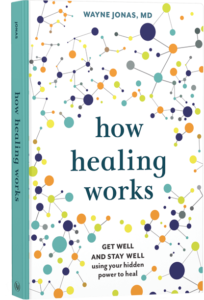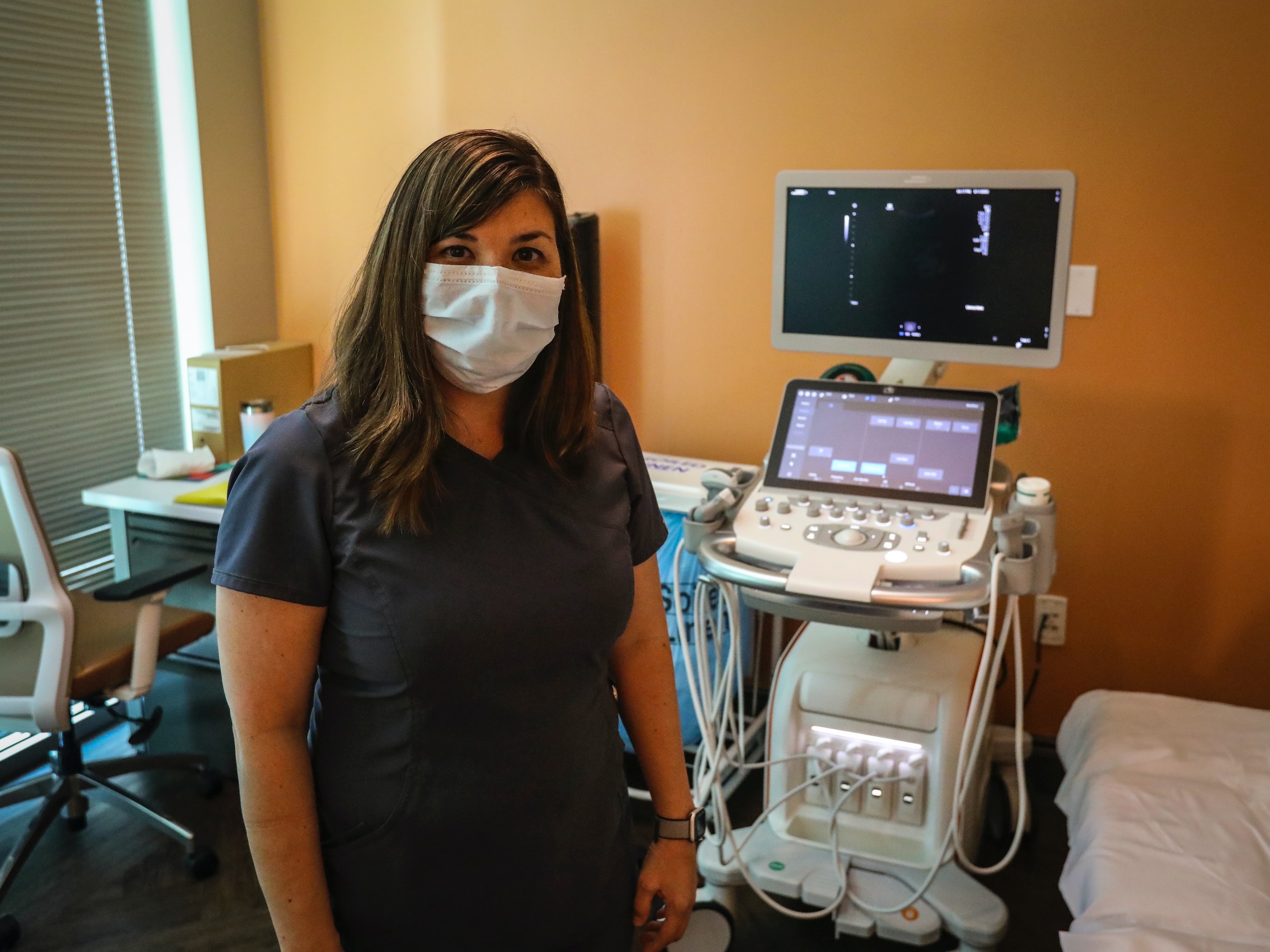The COVID-19 bomb just blew apart America’s healthcare system. It has poked holes in all our weaknesses and laid to waste many who work in health care, both on the front line and outside of it. For hospitals, frontline medical staff, private practitioners, and patients, the physical, psychological, and financial toll of the pandemic is far beyond what any of us could have imagined. We have been hit with a major trauma.
In my practice with military members and veterans for more than 40 years I have worked with survivors who show extreme resiliency as they not only recover but grow after deep traumas. Being resilient entails more than the ability to adjust and adapt. It also means to transform when the stresses require a new way to effectively proceed forward. We must learn and adapt and grow.
Staying the same is impossible after experiencing the ongoing stress of a pandemic or a war, the loss of a limb, or enduring a major illness. People do not return to their pre-trauma state. They either spiral down or are transformed by their experiences and go on to have positive, life-affirming lives. We call that “post-traumatic growth” and health care needs that now.
Our medical system needs to absorb the lessons of this disaster to rebuild itself in smarter and stronger forms that dramatically improve our nation’s health in more effective and less costly ways.
The Impact of the Crisis
This little coronavirus has laid bare our fundamental failure to effectively prevent, manage and reverse basic chronic diseases such as hypertension, diabetes, obesity, cardiovascular disease, especially for African Americans and Hispanics. Death rates for Blacks and Hispanics are 2-3 times higher than for whites.[1] We have failed to reach outside the office or hospital where more than 80 percent of health is determined through behavioral and lifestyle factors—smoking, alcohol, stress, nutrition, movement, and sleep—as well as the larger social and economic determinants of health such as racism and poverty in our society.[2] The places where people live, learn, work, and play profoundly affect a wide range of health risks and outcomes. Lack of access to healthy foods and safe neighborhoods, as just two examples, put some among us at a much greater risk based solely on where we are born and live. The people who are now dying in large numbers of COVID-19 are mostly the same people whose underlying conditions caused them to die in large numbers before COVID-19.
At the same time, the economic stressors on the healthcare system will necessitate change as we see impacts across the board. Spending on health care overall has declined 24.3% compared to 12 months ago. Hospital and clinical services have dropped by more than 40% each, while prescriptions drugs rose by 5%.[3]
Then, 42% of our primary care practices—those most likely to help handle the day-to-day management of our nation’s chronic conditions—have laid off or furloughed staff. More than half are uncertain about their financial future one month out.[4]

Prioritizing the Right Kind of Patient Care
But this tragedy is also an opportunity. An opportunity to make our health care better. With our care system upended, we have an unprecedented opportunity to reframe and rebuild what healthcare should be, if we don’t make the same mistakes made in the past. The United States spends far more on healthcare than any other nation, yet our overall health and life expectancy lags behind much of the developed world and has been declining.[5] This is because we rely far too much on pills and procedures, rather than actually helping people achieve and maintain their health through behavioral and non-pharmaceutical practices.
Numerous studies have established that conventional medical care produces roughly 20 percent of a population’s overall health.[6] By contrast, the other 80 percent of health is determined by our behaviors and lifestyle, along with the racial, social and economic conditions in which we live. Helping our population address these determinants of health is where we have failed badly.
The public has now figured this out too. During the pandemic, a vast majority (80%) of Americans said they will be more mindful of practicing self-care regularly once the pandemic is over, according to a national survey of 2,000 U.S. adults conducted by The Harris Poll on behalf of the Samueli Foundation. Unfortunately, though, the survey also showed that 45 percent said they failed to get basic preventive care such as wellness visits, vaccinations and screenings during the pandemic. A similar survey in 2019 showed that most Americans want more help from their physician (66%) and more discussion (72%) with their healthcare provider on behavior and lifestyle change.
Learning the Lessons of COVID
We need to see this as a wake-up call. We need to focus on improving our patients’ health and helping them prevent illness in the first place, not just fixing their conditions after the fact. More than 100 million Americans are already practicing evidence-based modalities such as yoga, massage, acupuncture, nutritional counseling, exercise, mindfulness, and biofeedback processes. Let’s support them in our practices.
COVID has given us an opportunity to reframe what health care should be and to build a different model of healing that actually creates health. We will make a grave mistake if we simply try to return to and expand access to the same largely ineffective system. This will result in increased medication usage and overall costs – but it will not really improve health outcomes – unless we can get at the root of what we know leads to chronic diseases.
The virus has made it blatantly clear that the health care system is not working for most of us. As we put the pieces back together, let’s replace it with the system we really need: an integrative and whole person approach that is designed to deliver health and wellbeing for all Americans.
References
[1] Gross CP, Essien UR, Pasha S, Gross JR, Wang SY, Nunez-Smith M. Racial and Ethnic Disparities in Population Level Covid-19 Mortality. MedRxiv. 2020 Jan 1. https://doi.org/10.1101/2020.05.07.20094250
[2] Olson DP, Oldfield BJ, Morales Navarro S. Standardizing Social Determinants Of Health Assessments. Health Affairs. https://www.healthaffairs.org/do/10.1377/hblog20190311.823116/full/ Published March 18, 2019. Accessed June 12, 2020.
[3] Lagasse J. Physician, hospital spending sinks to lowest point in more than 10 years. Healthcare Finance. https://www.healthcarefinancenews.com/news/physician-and-hospital-spending-sink-lowest-point-more-10-years Published June 16, 2020. Accessed June 17, 2020.
[4] Quick COVID-19 Primary Care Survey: Series 9 Fielded May 8-11, 2020. The Larry A. Green Center. https://static1.squarespace.com/static/5d7ff8184cf0e01e4566cb02/t/5ebe8e3aa633d80ce5e7c107/1589546555002/C19+Series+9+National+Executive+Summary+with+comments.pdf Published May 2020. Accessed June 12, 2020.
[5] Woolf SH, Schoomaker H. Life expectancy and mortality rates in the United States, 1959-2017. JAMA. 2019 Nov 26;322(20):1996-2016. https://doi.org/10.1001/jama.2019.16932
[6] Hood CM, Gennuso KP, Swain GR, Catlin BB. County Health Rankings: Relationships Between Determinant Factors and Health Outcomes. Am J Prev Med. 2016;50(2):129-135. https://doi.org/10.1016/j.amepre.2015.08.024

Your Health Into Your Own Hands
Drawing on 40 years of research and patient care, Dr. Wayne Jonas explains how 80 percent of healing occurs organically and how to activate the healing process.

